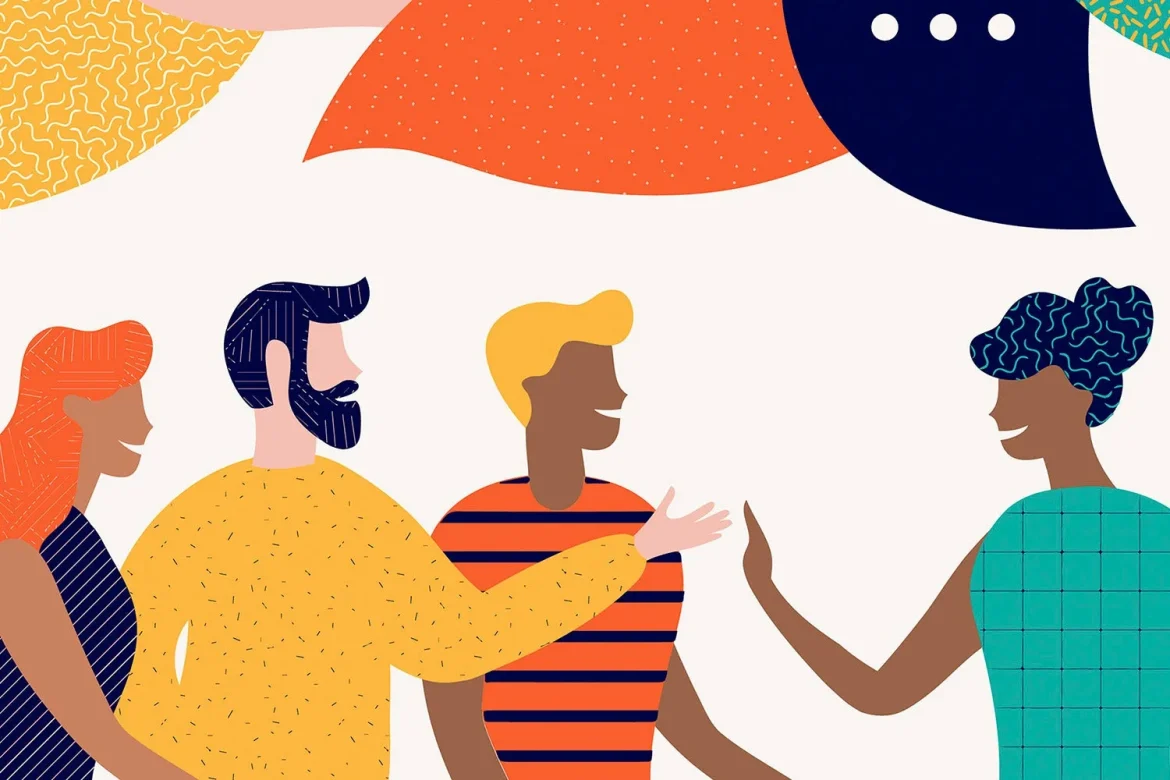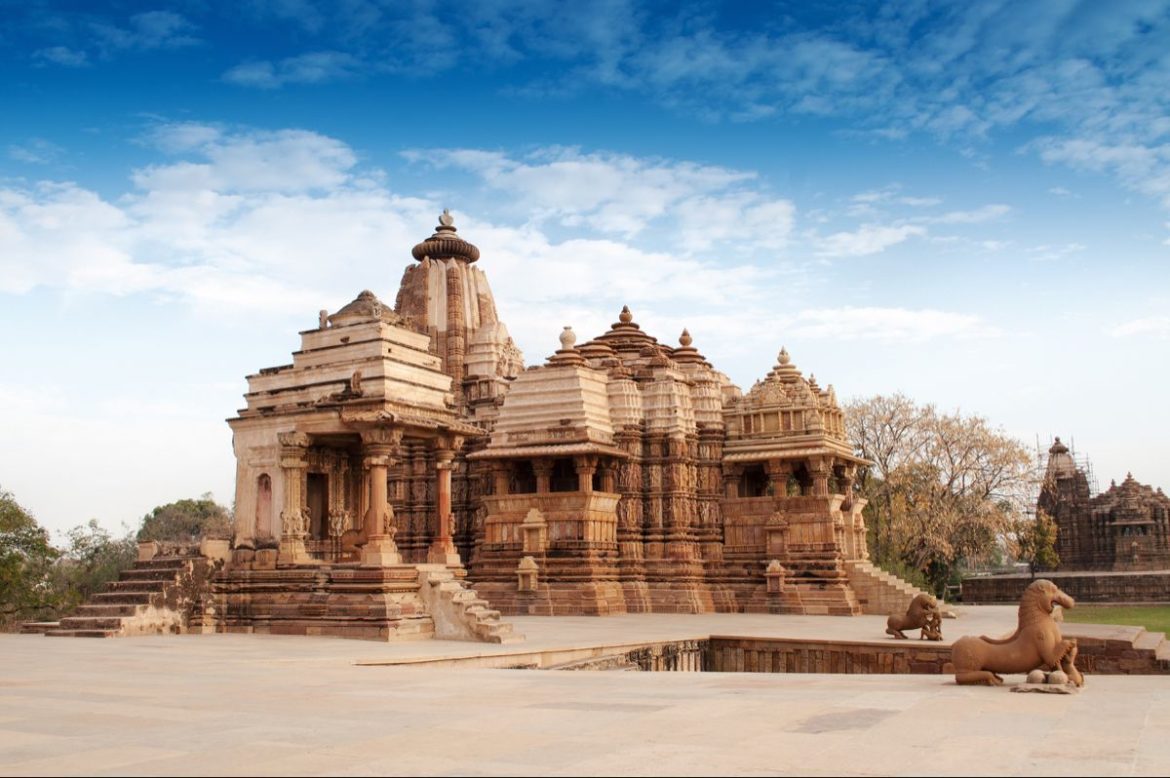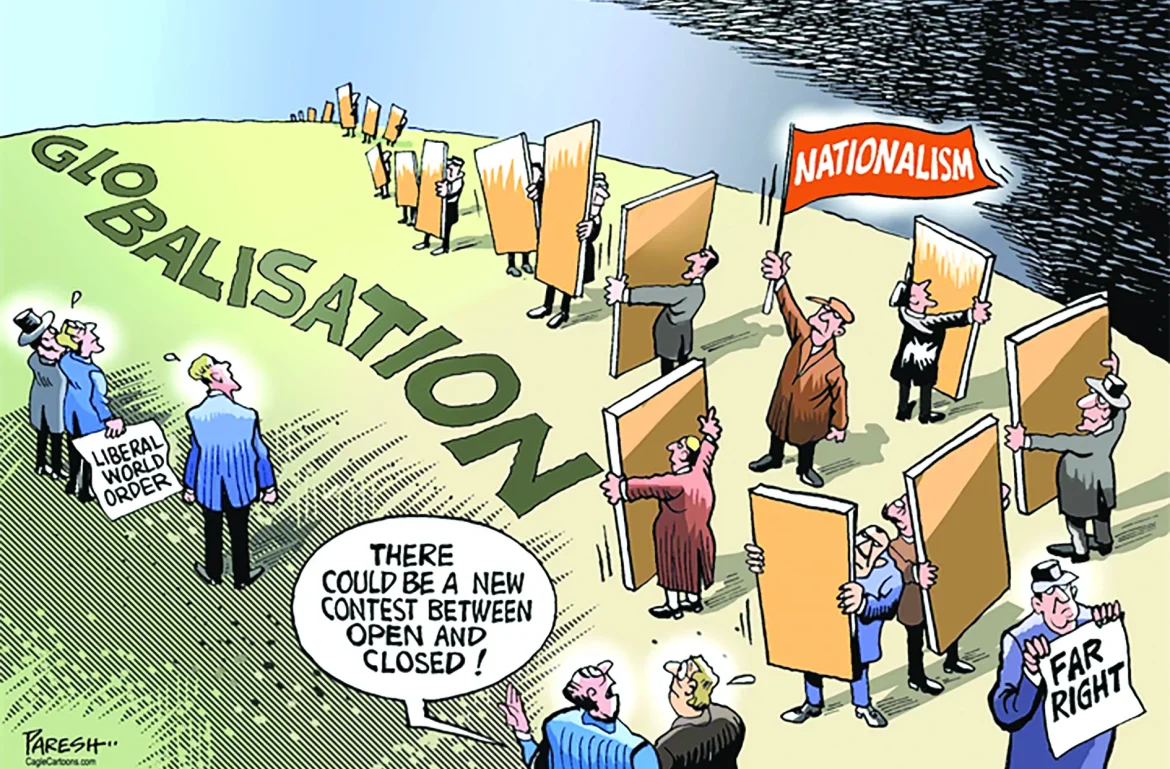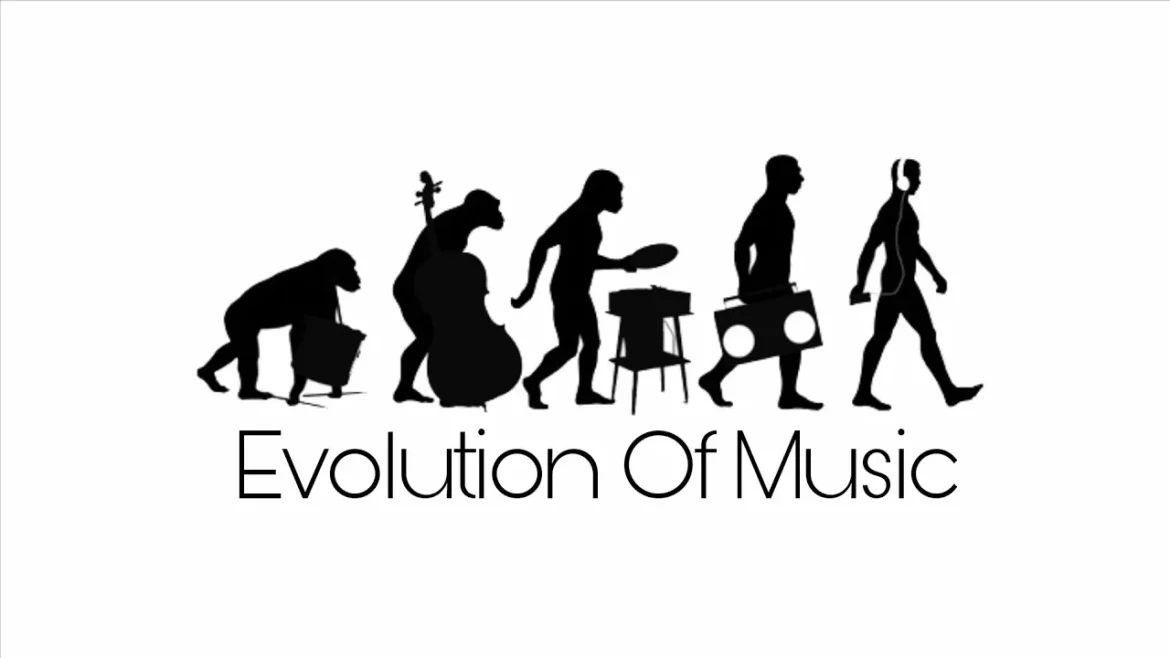Technology has always influenced cultural expression, from the invention of the printing press to the rise of digital media. In the 21st century, this influence has become both more immediate and more transformative, changing not only how culture is created and shared but also what it means to participate in it.
Digital tools have democratized cultural production. Where once making a film required expensive equipment and studio backing, now anyone with a smartphone can record, edit, and share videos with a global audience. Musicians can compose tracks using affordable software, writers can publish e-books instantly, and visual artists can exhibit their work online without the mediation of galleries.
Social media platforms act as modern cultural stages. Trends, memes, and viral challenges spread at lightning speed, creating shared experiences that can transcend national and linguistic barriers. At the same time, these platforms often favor quick, eye-catching content, which can compress complex cultural expressions into bite-sized fragments.





